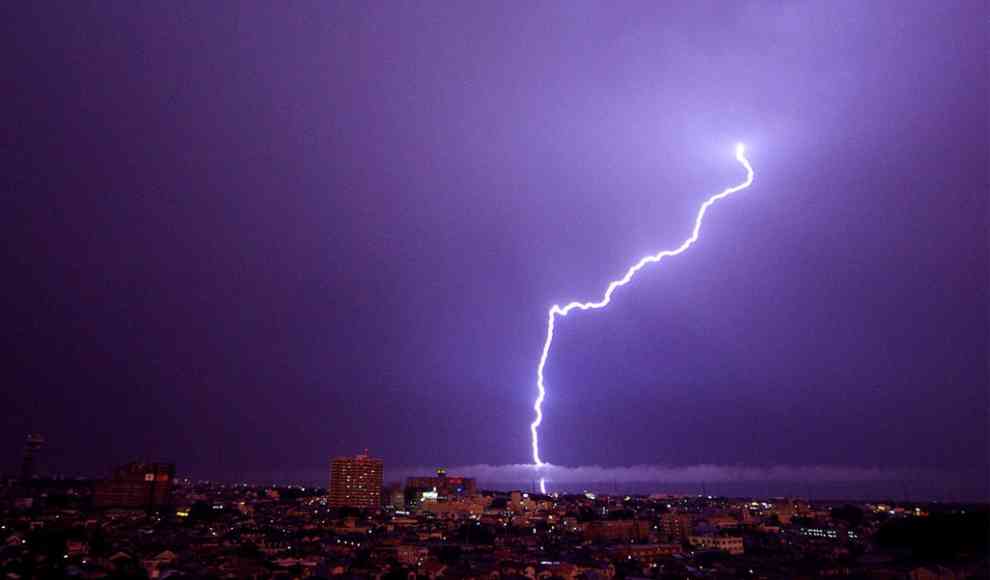In a split second, lightning can surge through the air with currents of up to 100,000 amperes, heating the air to temperatures of up to 30,000 degrees Celsius. Such powerful lightning strikes can even release gamma rays and antimatter. Today, lightning is monitored by weather satellites equipped with special sensors, allowing meteorologists to analyze the length, duration, and frequency of lightning strikes anywhere in the world. These satellites have recorded lightning giants, discharges that are much longer and more energetic than normal lightning strikes. Michael Peterson and his team from the Los Alamos National Laboratory have used four satellites to hunt for these lightning giants, and they have discovered the longest lightning strike in the world. On October 31, 2018, the lightning strike traveled a distance of 709.8 kilometers over Brazil, breaking the previous record of 321 kilometers recorded in Oklahoma in 2007. The researchers also discovered a new record for lightning duration, with a lightning strike lasting 16.73 seconds over northern Argentina on March 16, 2019.
These records demonstrate the immense power of nature, and it is possible that even larger and stronger lightning strikes have occurred. Lightning strikes can be very dangerous, even when they appear to be far away. Experts recommend seeking shelter in a safe car or building if there is a 30-second gap between lightning and thunder. The electrical charge of a lightning strike can spread many meters from the point of impact on a damp surface, so it is important to keep a safe distance from trees and other lightning attractors during a thunderstorm.










